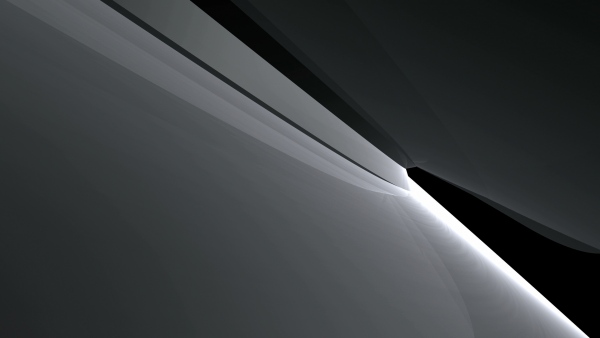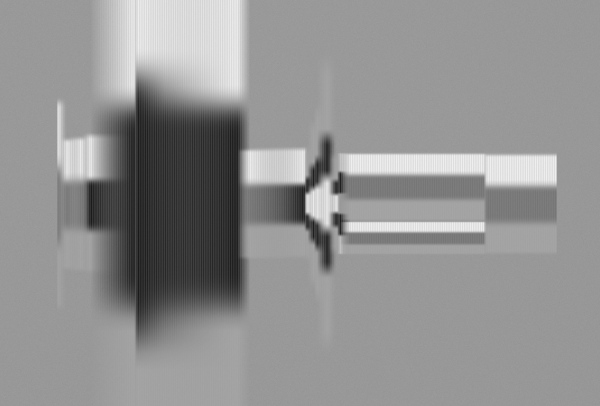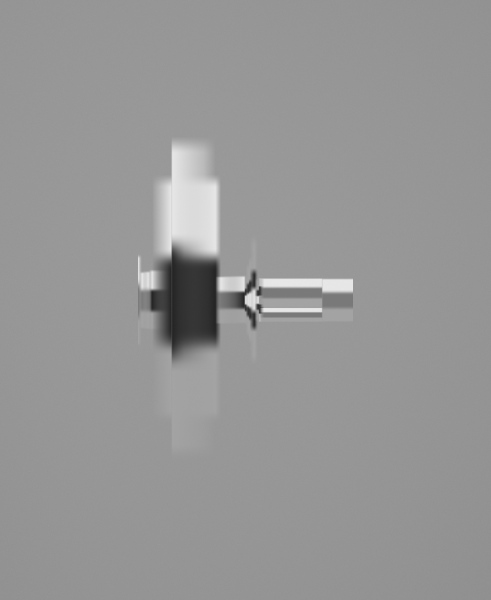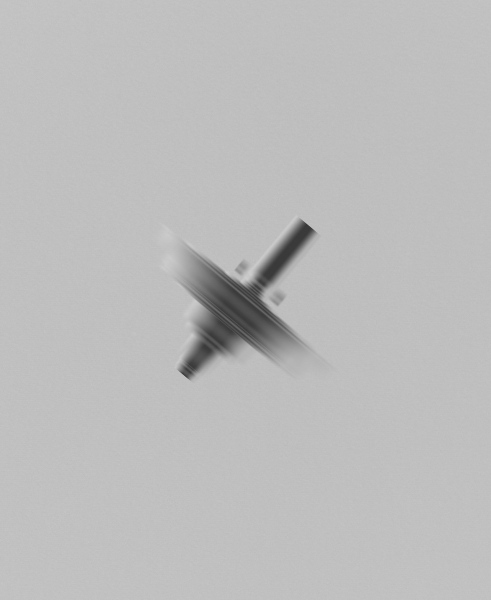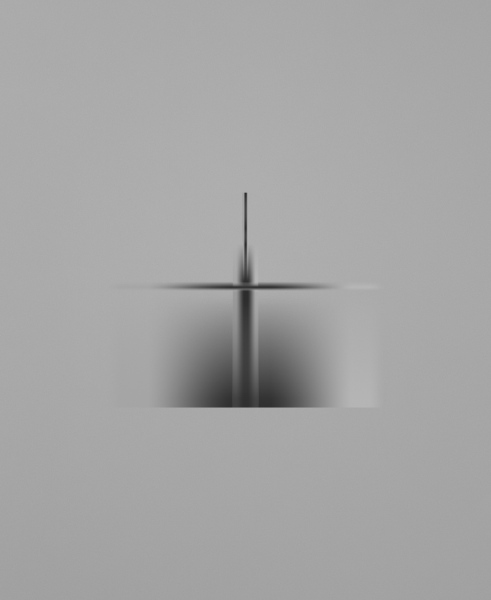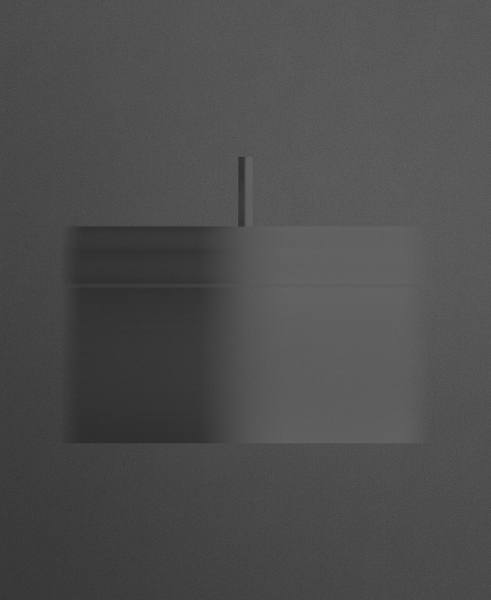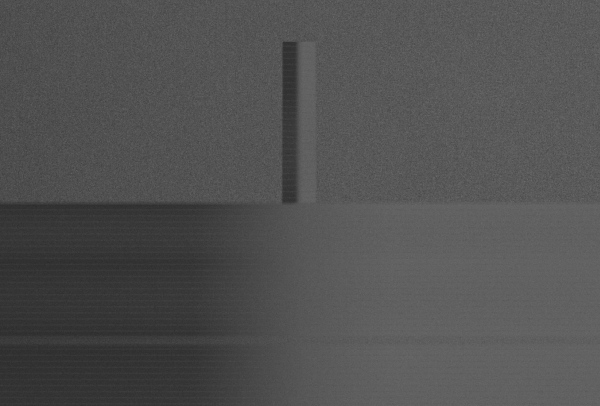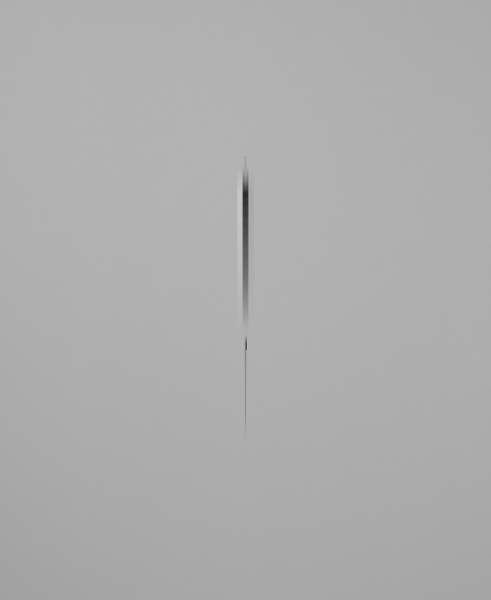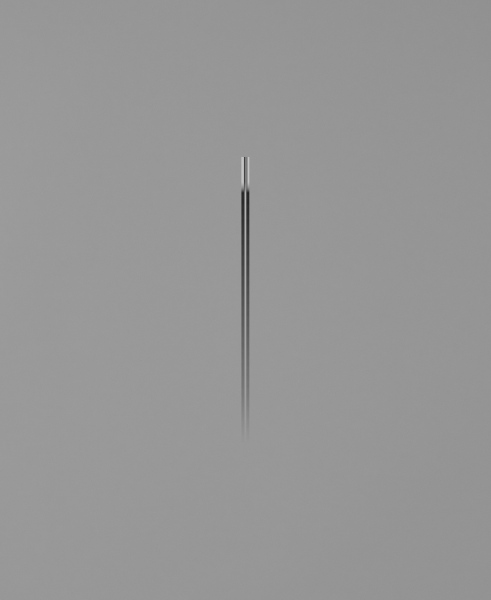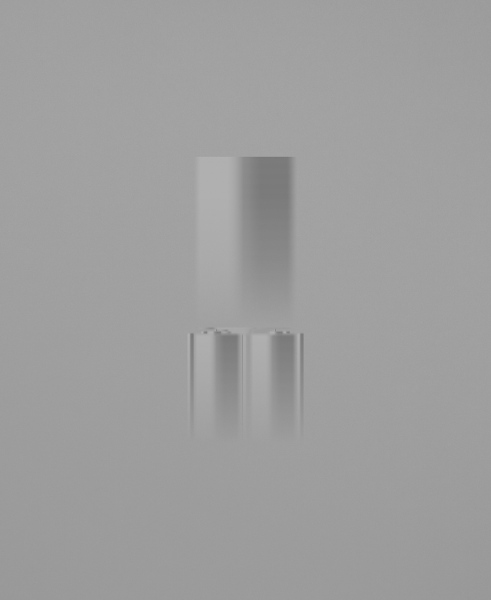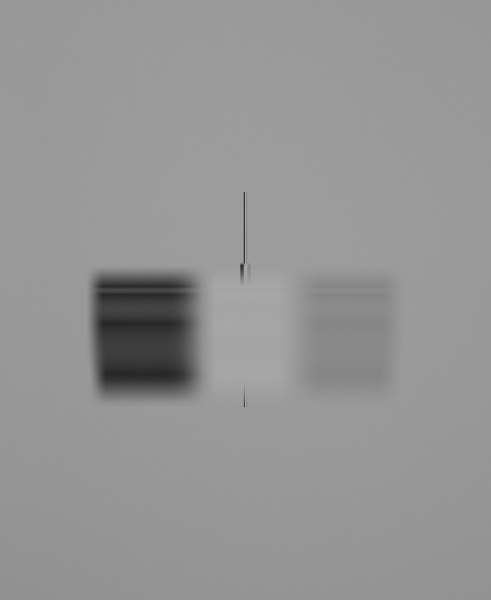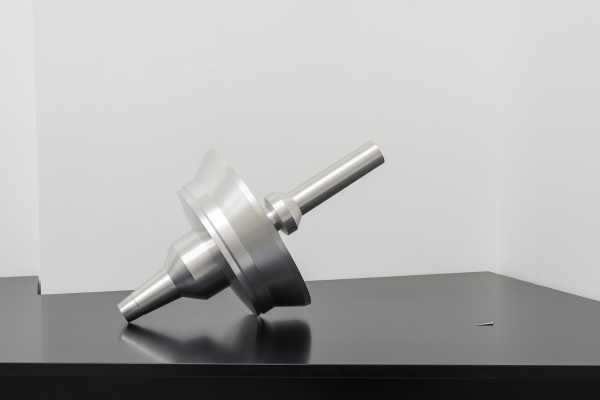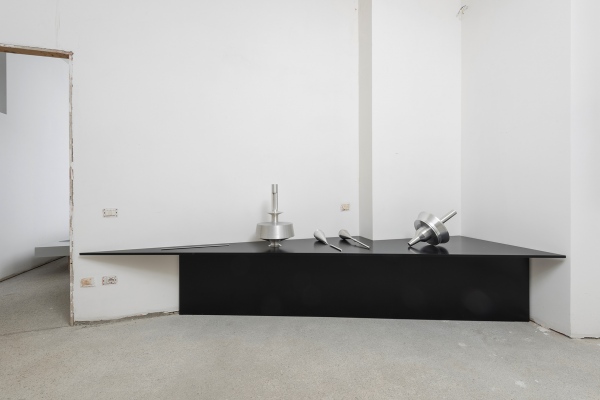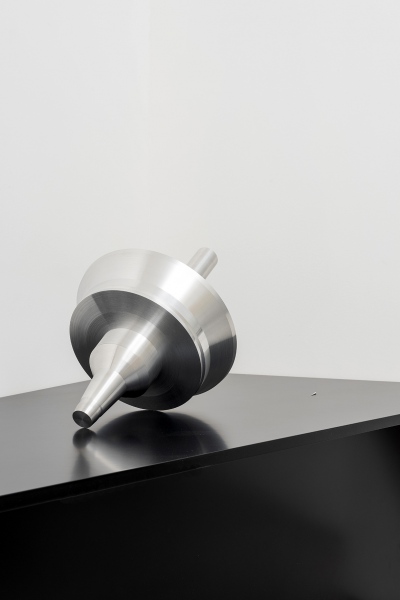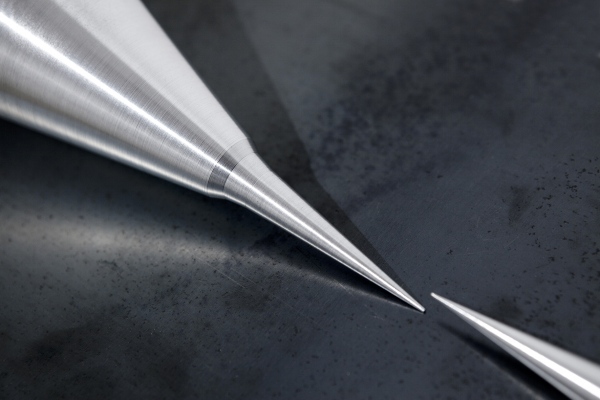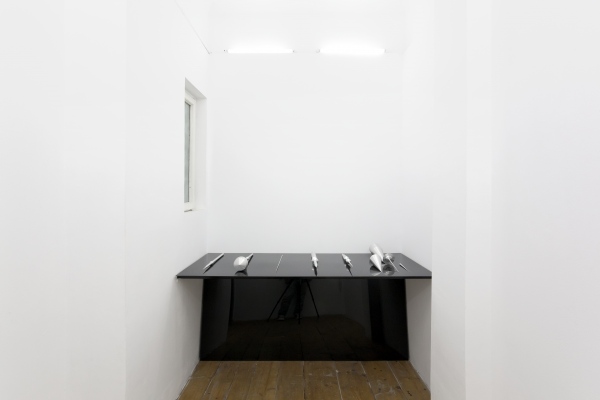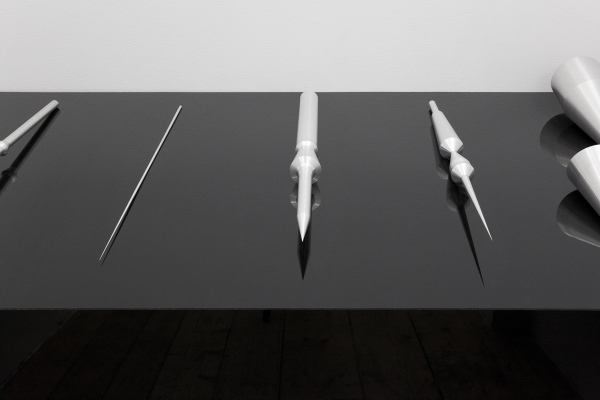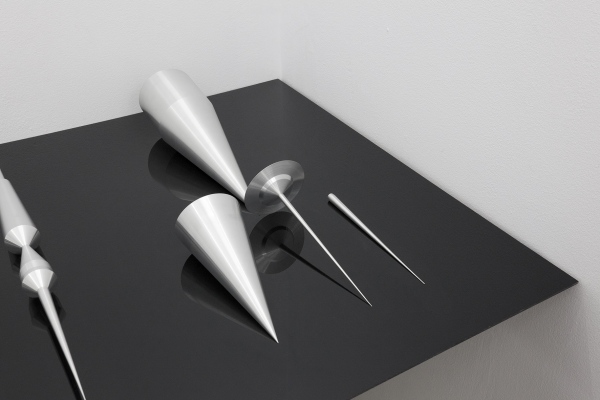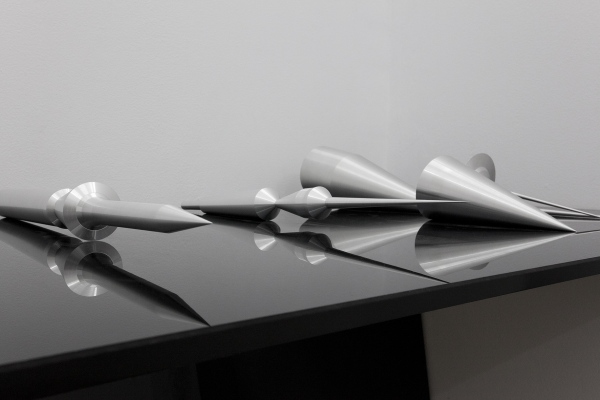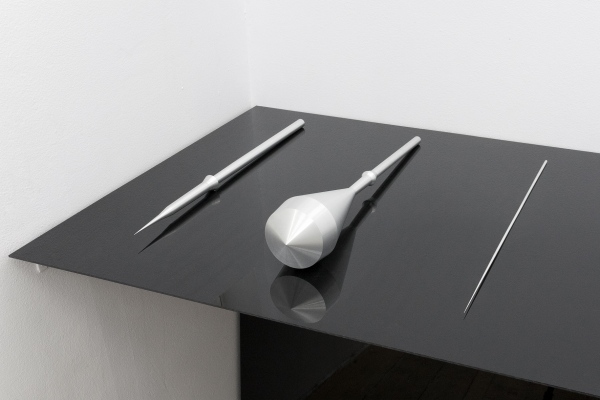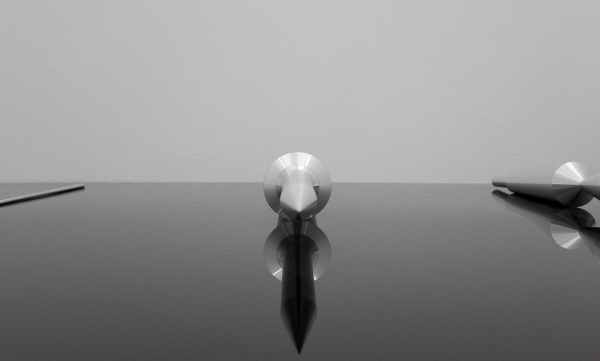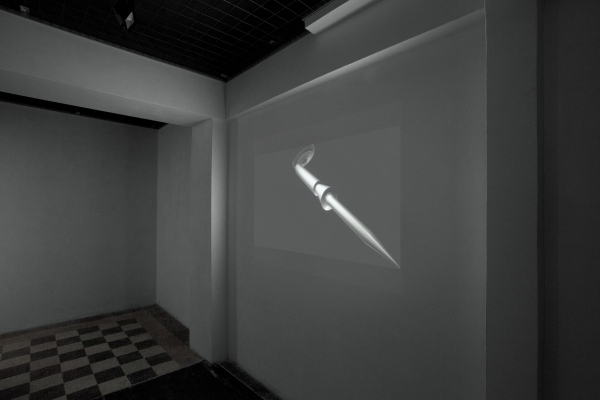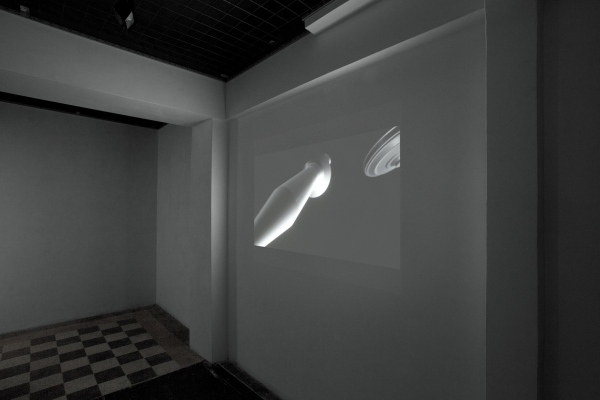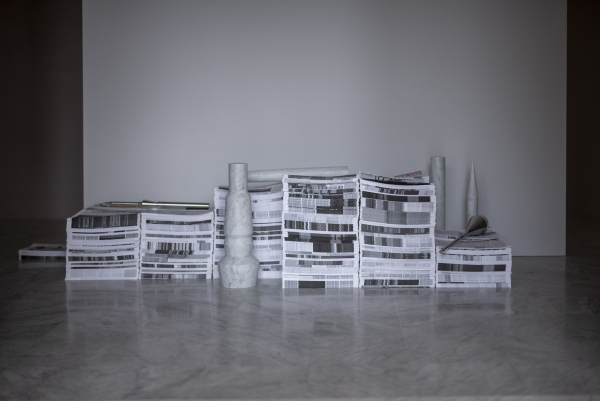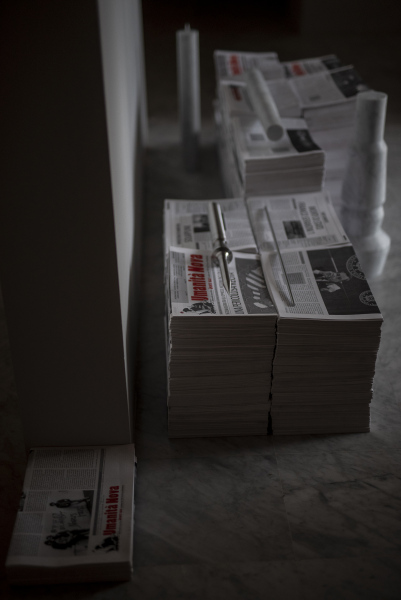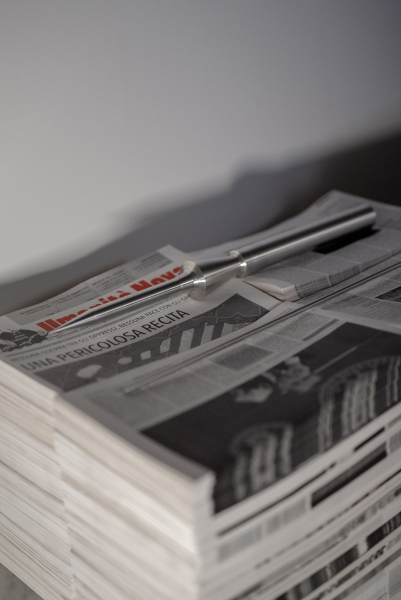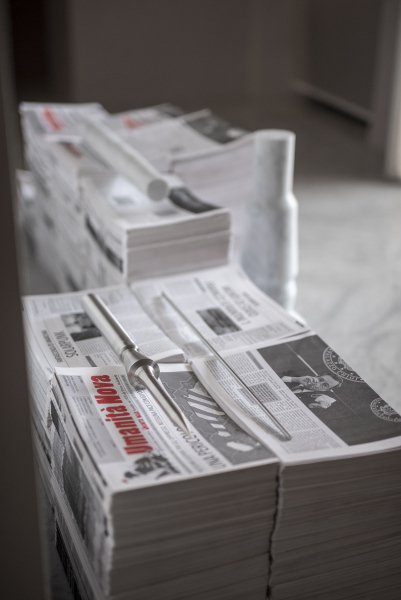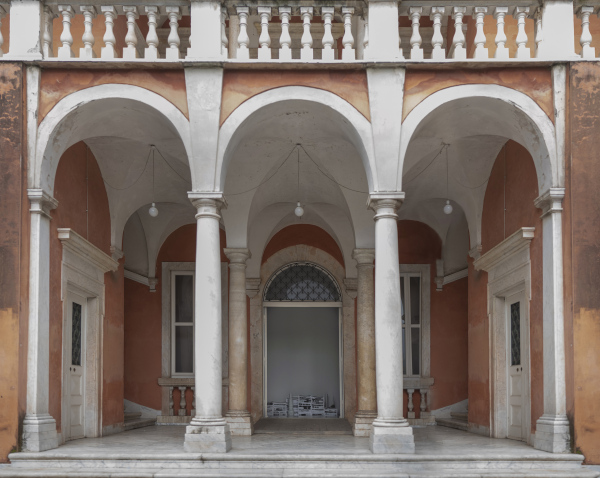A Form of History, 2011
1, 2, A FORM OF HISTORY / EUROPE 1861 2011_1, 2012, animation HD, silent, 09’ 32” [extract]
A Form of History traces the history of the European countries as a function of their territorial evolution over 150 years. The focus is placed on the complex reconfigurations of Europe’s physiognomy between 1861 and 2011, studying the evolution of the territorial expansion of the member states including colonies, to which an analytical re-mapping strategy is applied. This evolution is translated into graphics according to the variables of time and space, and ultimately transformed into aluminium sculptures and digital three-dimensional shapes. The project includes 46 countries.
Sources: historical atlas and Wikipedia, updated to 2011.
A Form of History, 2011
C-print mounted on aluminium, 110 x 90 cm; 82,5 x 67,5 cm; 41 x 350 cm; 41 x 300 cm
1, A Form of History / Markgraf (D) [detail]
2, A Form of History / Markgraf (D)
3, A Form of History / Marchese (IT)
4, A Form of History / Markgraf, Marquis, Marchese (CH)
5, A Form of History / Markies, Marquis (NL)
6, A Form of History / Marquis (L)
7, A Form of History / Marques (P)
8, A Form of History / Marques (P) [detail]
9, A Form of History / Markíz (SK)
10, A Form of History / маркиз (MNE)
11, A Form of History / Marques (E)
12, A Form of History / маркиз, markiz (BiH)
13, A Form of History / маркіз (UA)
14, A Form of History / Markgraaf, Marquis, Markgraf (B)
15, A Form of History / Markez (AL)
16, A Form of History / маркиз, markiz, marchiz, markíz, márki, markez (SRB)
17, A Form of History / Markis (DK)
18, A Form of History / маркиз (RUS) 1:2
19, A Form of History / Marquis (GB) 1:2
In the prints, a piece of information is added to the reconfiguration of Europe’s physiognomy between 1861 and 2011: the shades of grey relate to the colours present in the flags of each country over time.
A Form of History, 2011
1, 2, 3, 4, 5, A Form of History, aluminium, various sizes, The Uncanny Valley, FuturDome, Milan, IT, 2019. Ph: Cosimo Filippini
6, A Form of History, aluminium, various sizes, Panorama4, Forte Basso, Fortezza, IT, 2012. Ph: Jan Kliewer
7, Markgraf II (A) / A Form of History, aluminium, detail, A Form of History, A+B gallery, Brescia, IT, 2011. Ph: Mauro Prandelli
8, 9, 10, 11, 12, 13, 14, 15, 16, A Form of History, aluminium, various sizes, Alert studio, Bucharest, RO, 2013. Ph: Catalin Burcea
17, 18, 19, 20, 21, 22, A Form of History, aluminium and white carrara marble, various sizes, Cantieri Aperti VIII, Museo Gigi Guadagnucci, Massa, IT, 2022. Ph: Manuele Marracini
Silvia Hell: Forms of History and Cartographical Writings, Simone Frangi, 2012
Austria, 1938: the annexation to the Third Reich and the loss of its sovereignty. The tapering off to nothing and the loss of territorial solidity. Austria, 1955: the reacquisition of political autonomy and nationalisation.
This is the reading grid of the ‘caesura’ to be found in Markgraf II (A), one of the first sculptural volumes that took shape in the project A Form of History, where Silvia Hell traces the history of European countries as a function of their territorial evolution over the last 150 years.
Space and time, two variables channelled into a choice of conventions, the inaugural moment of any measurement strategy. This original form of history creates an exercise in codification and visualisation that moves between two focal points: shape and volume.
Hell’s focus is placed on the complex reconfigurations of Europe’s physiognomy between 1861 and 2011, on which a coldly analytical strategy of political re-mapping is applied. Through the clarity and simplicity of visual intuition, this channels a spectrum of multidimensional values into a single aesthetical shape, obtained through progressive evolution towards pure volume. First a chart, then a digital print, ending with a sculpture.
At the heart of the operation is a normalising and arbitrary translation system, one which becomes precise parameter of scaling and proportion. The ambition of A Form of History is to stabilise an alternative geographical and historical model, reliable and most of all functional. Instead of destroying the validity of the metrics which regulate historical atlases, Hell’s visual style tries to partially rectify their semiotic configuration, imagining a co-presence or a parallel flowing of these two systems, which are heterogeneous and non-commensurable.
Moving between exactness and approximation, Silvia Hell re-modulates the idea of territory from the inside, using an arbitrary statement as a kernel that, following an induced methodology, becomes a rule. The resulting cartographic writing helps to rethink the correspondence between geographical metamorphoses and historical transients “using other terms.” The objective is to create a model applicable to all European countries, including those of the ex-Soviet Bloc, for which the identification of the variable values is more controversial.
In a comprehensive overview, it seems that from Hell’s expositional configuration, we can see the deepest meaning of the constructional system theorised by Nelson Goodman emerge. In this theory, every system is not only a way to see the world, but even (and mostly) a way of making it, of building it, showing the practices and strategies which have slowly composed it.
A Form of History, Alert Studio, Bucharest (RO).
Theatre of Measurement, curated by Post Brothers, Kunstverein München, München (DE).
